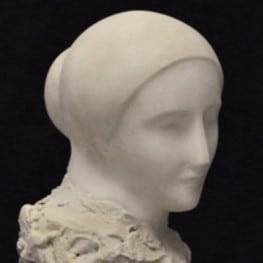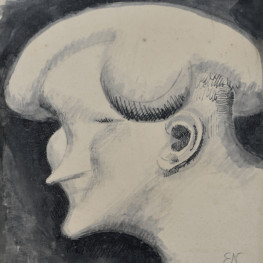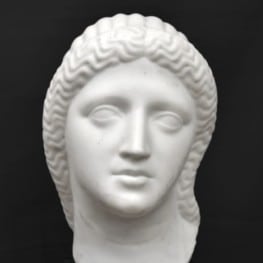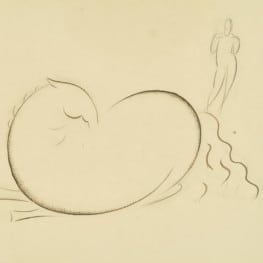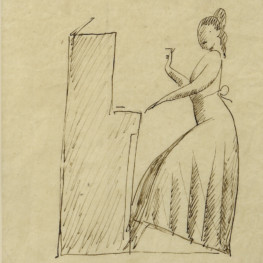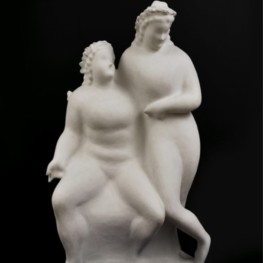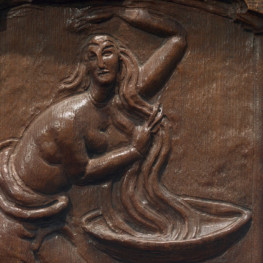Elie Nadelman
1882-1946
Known for his modern form of classicism, Elie Nadelman drew inspiration for his sculptures and drawings from a range of sources, including Hellenistic art, Italian Mannerism, Art Nouveau and American Folk Art. Born in 1882 in Warsaw, Poland, which was then under Russian control, the artist briefly attended the Warsaw Art Academy before volunteering to serve in the Imperial Army. After completing his military service, which consisted of teaching drawing and flute to the officers’ children, Nadelman returned to the Warsaw Academy for one year and afterward received a prize for a drawing that he had submitted to a magazine contest. With the prize money, Nadelman traveled first to Munich, and then settled in Paris by the end of 1904; he lived there until the outbreak of World War I, when he immigrated to the United States with assistance from the collector and cosmetics industrialist Helena Rubenstein.
It was in Paris that Nadelman’s artistic career blossomed. In addition to the inclusion of his works at the Salon d’Automne exhibitions of 1905 and 1906, his drawings and sculptures were selected for the 1907 Salon des Indépendants. Through these avenues, he became increasingly well-connected in the Parisian art community and was often present at the gatherings of Leo and Gertrude Stein, where he made the acquaintance of Picasso. In the spring of 1909 Nadelman mounted his first solo exhibition at the Galerie Druet, which received acclaim from critics and collectors alike; its astounding success was followed in 1911 by a sold-out show consisting of simplified, neoclassical marble and bronze heads at Paterson’s Gallery in London.

